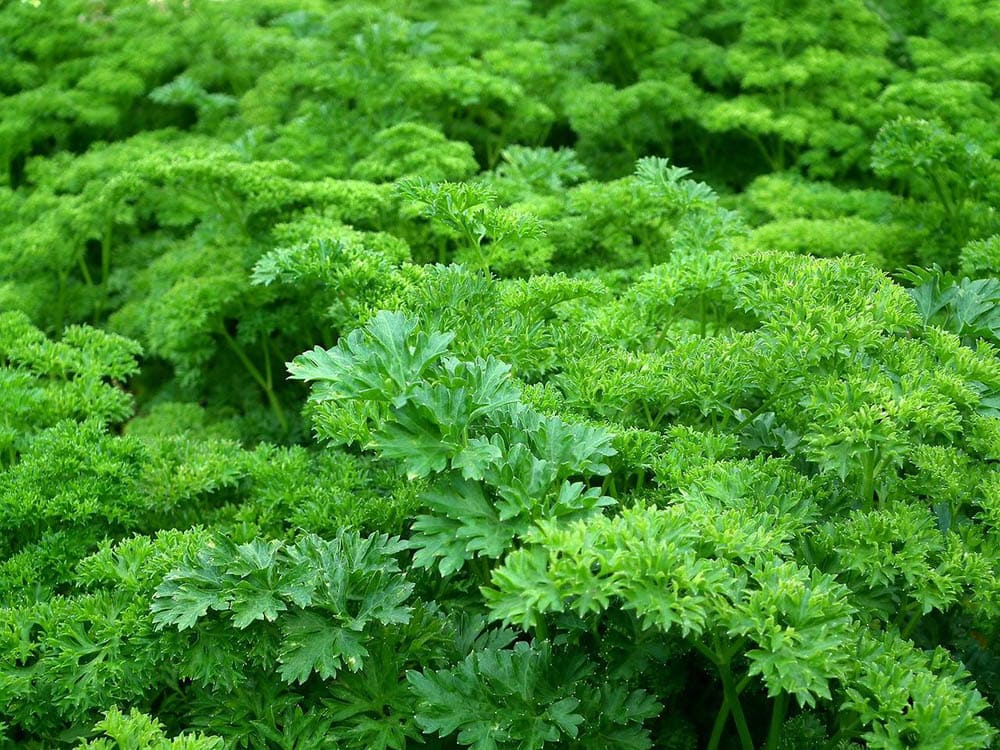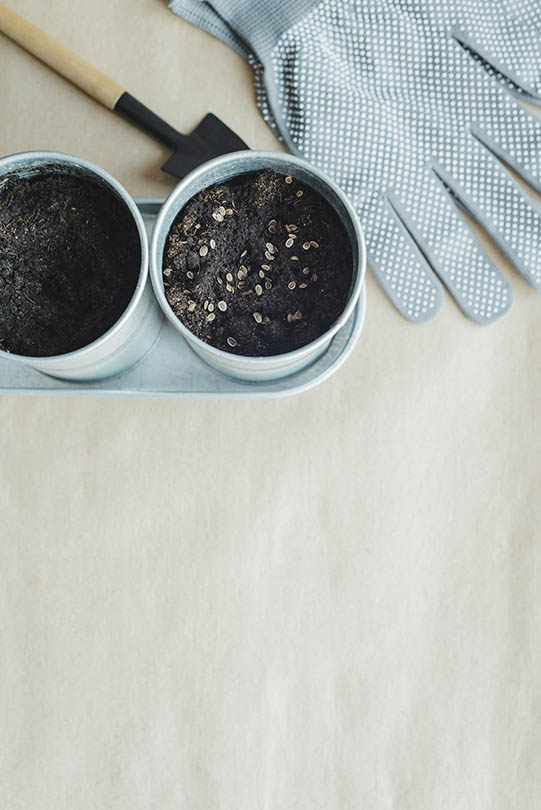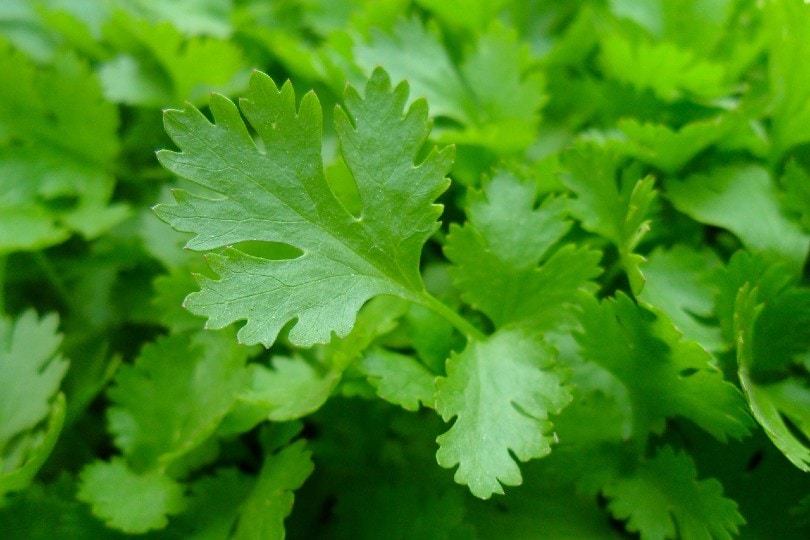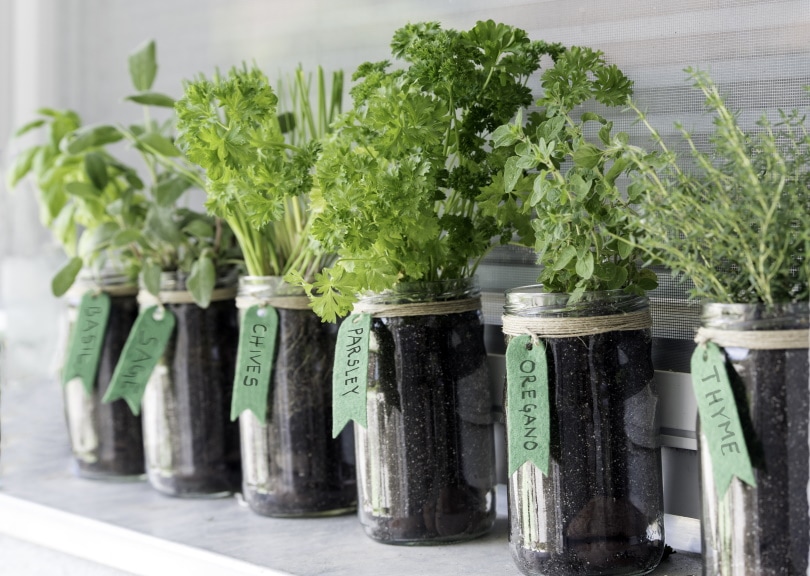How to Grow Parsley Indoors: Tips, Tricks, & Guide
-
Codee Chessher
- Last updated:

Parsley used to be overlooked as an herb, but a recent resurgence in herb gardening has it back in the spotlight. Parsley can be used as a garnish or a flavorful addition to many types of meals, but it can be tricky to grow properly. Let’s dive into how you can grow parsley indoors, as well as some valuable tips and tricks to enhance your herb gardening experience.

Where Does Parsley Come From?
Parsley comes from the Mediterranean, where ancient Greeks wove the plant into ceremonial wreaths for their honored athletes and fallen enemies. Hippocrates, the Father of Medicine, often prescribed parsley root for kidney and stomach ailments. Others frequently used it to treat bronchitis and other stomach problems. Little did he know that parsley actually contains a compound called apiol that treats kidney problems.
Many years later, its value as a savory cooking herb was discovered and people started to have it imported to Italy. Parsley became so widely used in Italian cuisine that, to this day, it’s considered synonymous with Italian food. Today, parsley is often used in food as a garnish or seasoning, and it’s become a popular green smoothie ingredient.
Thankfully, these days we don’t have to import parsley from the Mediterranean and can simply grow it ourselves!

How to Grow Parsley Indoors
Before You Start
Before you start planting, you’ll need to gather some items. It’s easier to list everything you’ll need ahead of time, so you don’t have to scramble at the third step and find out you’re missing something.
- Parsley seeds
- Pot(s) with drainage holes, or a box planter
- Sunny indoor area, like a windowsill
- Potting soil
- Spray bottle
- Water-soluble fertilizer
1. Plant Your Seeds

Many people use a box-style planter to grow parsley because it can accommodate several plants at a time. First, fill up your pot or planter with potting soil and add fertilizer according to the package’s instructions.
Sow your seeds a quarter inch deep in your potting soil and thoroughly wet the area. For a box-style planter, sow seeds about 5–6 inches deep. You should see trickles of water draining out of the bottom of the planter, but not too much water.
2. Let the Seeds Germinate

Parsley seeds have a notoriously long germination period, so you’ll have to be patient during this time. As long as the temperature in your home is between 50°F–85°F the seeds will germinate.
Ancient Greeks thought the long germination period meant the seeds had to go to the underworld and back before they would grow, and some farmers refused to grow it at all. Fortunately, we now know that patience and regular watering is all that is required.
3. Continue to Care for the Seedlings

It can take 3–4 weeks for your parsley seeds to sprout. Once they do, place your planter on your windowsill or another sunny area. Kitchens are perfect for parsley because they have naturally high levels of humidity, but anywhere with 6 or more hours of sun will work perfectly.
If you have low humidity, you can fill a spray bottle with water and regularly mist your seedlings. This will help stop brown spots from appearing on the plant and keep other humidity-related problems from developing.
4. Harvest Your Parsley

Once your parsley plant has developed at least 10 full leaves, you can start to harvest them. You can harvest earlier, but it’s best to wait until there are enough leaves.
Once you have enough leaves, simply take them from the outside of the plant. Be careful when harvesting parsley, as you don’t want to take more than half of the plant’s leaves. Moderate harvesting encourages growth, but excessive harvesting will prevent growth.
Fresh parsley can be stored in water, like flowers, or kept in the fridge between damp paper towels. For long-term storage, you may want to invest in a dehydrator, although air drying works well too.
5. Start Again

Parsley is technically a biennial, meaning it lasts two years, but most people plant it as an annual. After the first year, it doesn’t produce as many leaves and they lose their color, so it’s easier to just sow new seeds.
Parsley Growing Tips & Tricks
- If your locale doesn’t provide enough natural light for parsley to grow, you can buy a full-spectrum LED grow light to supplement it.
- Although optional, fertilizer is strongly recommended for adding extra nutrients to your soil and encouraging healthier growth.
- Windowsills may be too cold at night depending on your local climate. Consider moving your plants inside at night to keep them from suffering cold damage.

Conclusion
Parsley is a very low maintenance herb you can easily grow indoors as long as you pay attention to its idiosyncrasies. Plant the seeds annually for a steady supply of savory and nutrient-dense parsley that is perfect to use in a variety of delicious ways.
Featured Image Credit: ArtActiveArt, Pixabay
Contents
